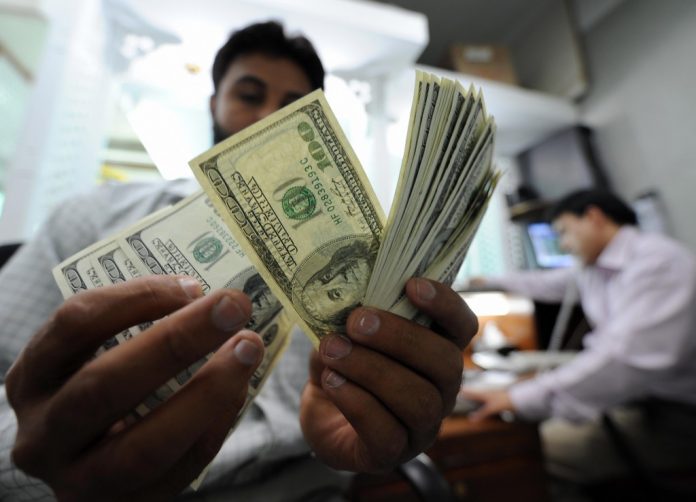ISLAMABAD: According to the latest data by the State Bank of Pakistan, workers’ remittance for the month of January has dropped by 13% on a Year on Year basis. The remittance has also dropped by almost 10% on a monthly basis. The workers’ remittances were recorded at an already low 2.102 billion in December 2022.
This is the lowest Pakistan’s remittances have been since the last 31 months. Ever since the dollar was kept at an artificially low rate, there was a decline in the figure for workers’ remittance. Even though Pakistan lifted that cap in the last week of January, data reveals that almost no impact of removing the cap was seen in January’s remittance.
According to the head of equity research at Ismail Iqbal securities Fahad Rauf, “The number of remittances in January is still impressive, keeping in mind the huge gap between the black market rate and the official rate of the dollar.” He further added that any real impact in the remittances will be better observed from February onwards.
The figure of workers’ remittance is also important for Pakistan because Pakistan is close to its lowest level of foreign reserves. The country has been unable to reach a staff level agreement with the IMF, as of the time this scribe was written.
Remittances, investments, and export proceeds are the main source of increasing the dollar reserves of the country. Due to a deadlock on imports and a volatile exchange rate, the local industry has majorly slowed down the import of goods. Not only that, it is believed that the proceeds of earlier exports have also not been brought in Pakistan in anticipation of the depreciation of rupee and cost-push inflation.
This is also the first time that the workers’ remittance for one month in Bangladesh is greater than that in Pakistan.























